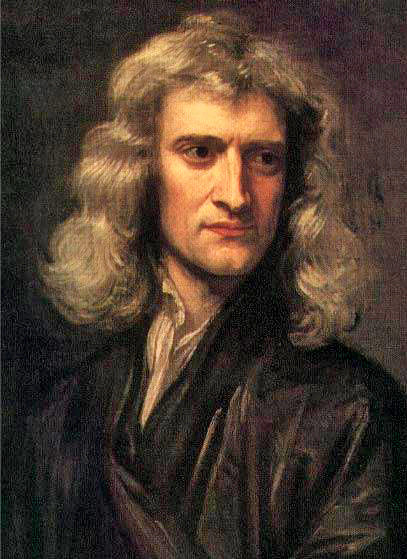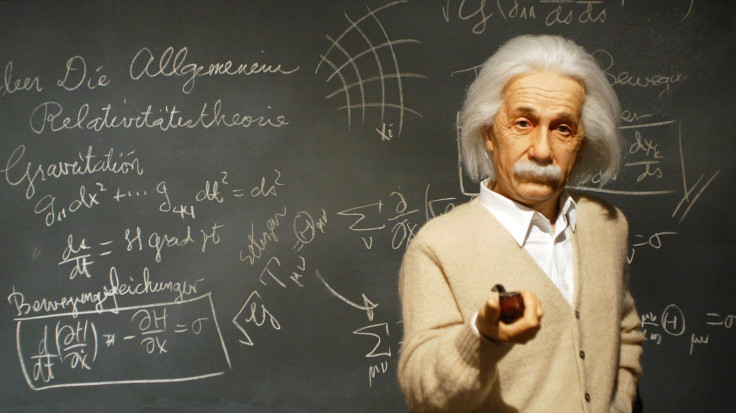How to build a time machine

Steve Humble, Newcastle University
Every now and again, we all indulge in dreams about travelling in time. Wouldn't it be wonderful to return to that specific point in the past to change a bad decision or relive an experience – those halcyon days of childhood, that night you won an Oscar – or to zip ahead to see how things turn out in the far future.
The mystery of time travel is full of excitement and wonder – "But it's not science," I hear you say. You may also think that it is definitely not like any mathematics you learned at school. Well, you will be surprised to hear that it is.
At present there is a great deal of news around the discovery of gravitational waves. It is suggested that this experiment and future research could unlock the secrets of the universe. One of the reasons why physicists believe this to be true is linked to other monumental scientific discoveries in the past – and the fact that we may have reached another unification moment and taken another step closer to a theory of everything.
Towards a theory of everything

We have known since Isaac Newton's day that mass is inextricably linked to gravity. His unification moment was first conjectured famously while he was sitting having afternoon tea under an apple tree in Woolsthorpe, when out of the blue an apple fell on his head.
This incident made Newton think that the same force could be responsible for both the apple dropping to the ground and the moon falling towards the Earth in its orbit. He went on to show that it was true for all mass and that all bodies attract each other due to gravity. In the tabloid newspapers of the time, it was announced: "We are just bodies forced to be attracted to each other by Newton's gravitational interactions" and that "Love is a gravitational law".
Cue: Einstein
In the early 20th century, Einstein went further with his general theory of relativity and showed that mass and gravity are linked to time; yet another unification moment.
Einstein was born in 1879, and by 1905 had published a paper that would change the way we look at the world. This paper makes a fundamental change to the way we look at light. Until then, no one had thought too much about the speed of light – it was just another universal constant that experimental physicists attempted to calculate with ever greater accuracy. There was little appreciation of how radically different light waves were from sound and water waves.

But by using mathematics you learned at school – Pythagoras' theorem – and with a little help from Einstein's time dilation formula you can show that time will slow for someone who is moving.
Einstein's theory says that if you want to slow time down – essentially, to time travel – you need to move fast, very fast! Imagine setting off on a mission from Earth in the year 2000, for example. You are scheduled to be away until 2032, but will be travelling at 95% the speed of light (around 285,000km a second). The amazing thing is that, on your return, your watch would tell you that it is 2010, despite it being 2032 on Earth, and you'd be 22 years younger than anyone you left behind. That's time dilation and it works at slower speeds, too, albeit to a much less profound degree.
So let's go
But there's a catch – 285,000km a second is very, very fast. The fastest land vehicle cannot even get to 1km a second and even a spaceship when escaping Earth's atmosphere is travelling at a relatively pitiful 10km a second. Even if we could reach these speeds, it is questionable whether we could survive the stress on our bodies. So time travel into the future is possible, but a bit too difficult – for now. But what about the past?
I don't know about you but I always feel a bit cheated when I read articles on time travel. I'm told all these facts but no one tells me how to build a time machine. So as not to cheat you, here follows a design for just such a thing, with great thanks to Professor Frank Tipler. Tipler published a paper on how to build a time machine, a Tipler Cylinder, back in 1974. This machine would enable you to travel back in time.

First, you need a lot of money to buy a large cylinder. When I say large, I mean very large, perhaps a 100km long. The cylinder also needs to be at least the mass of the sun, but very densely packed together. You then need to start it rotating, faster and faster, until it's rotating so fast that it starts to disturb the fabric of both space and time – and you would be able to detect a wash of gravity waves coming from this structure.
I also need to add a health warning, as coming close to such a dense structure would cause issues. The mass of the Earth pulls us down to its surface, but getting too close to an object this massive would be hugely dangerous – it would drag you towards it and squash you flat.
If you can get round this squashing problem, however, approach the rotating cylinder and start following its spin – as you get closer, strange things will start to happen. Your path, which normally inextricably moves you forward in time, changes, since moving around the cylinder in the direction of rotation will shift you back in time. The machine makes the direction of time collapse into the past, so the longer you follow the machine's spin, the further back in time you will go. To reset the movement to normal, simply move away from the cylinder, go back to Earth and you will be returned to the present – albeit a present in the past.
But be careful what you do there. Fiddle around with the past too much and – like Marty McFly in Back To The Future – you may just break up your parent's first date or even ruin your chances of being born. Time can be funny like that.
Steve Humble, Mathematics Education Primary and Secondary PGCE, Newcastle University
This article was originally published on The Conversation. Read the original article.
© Copyright IBTimes 2025. All rights reserved.





















